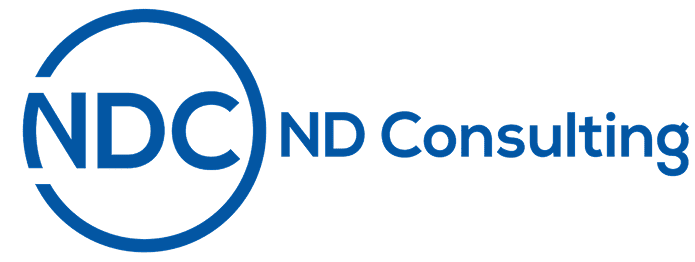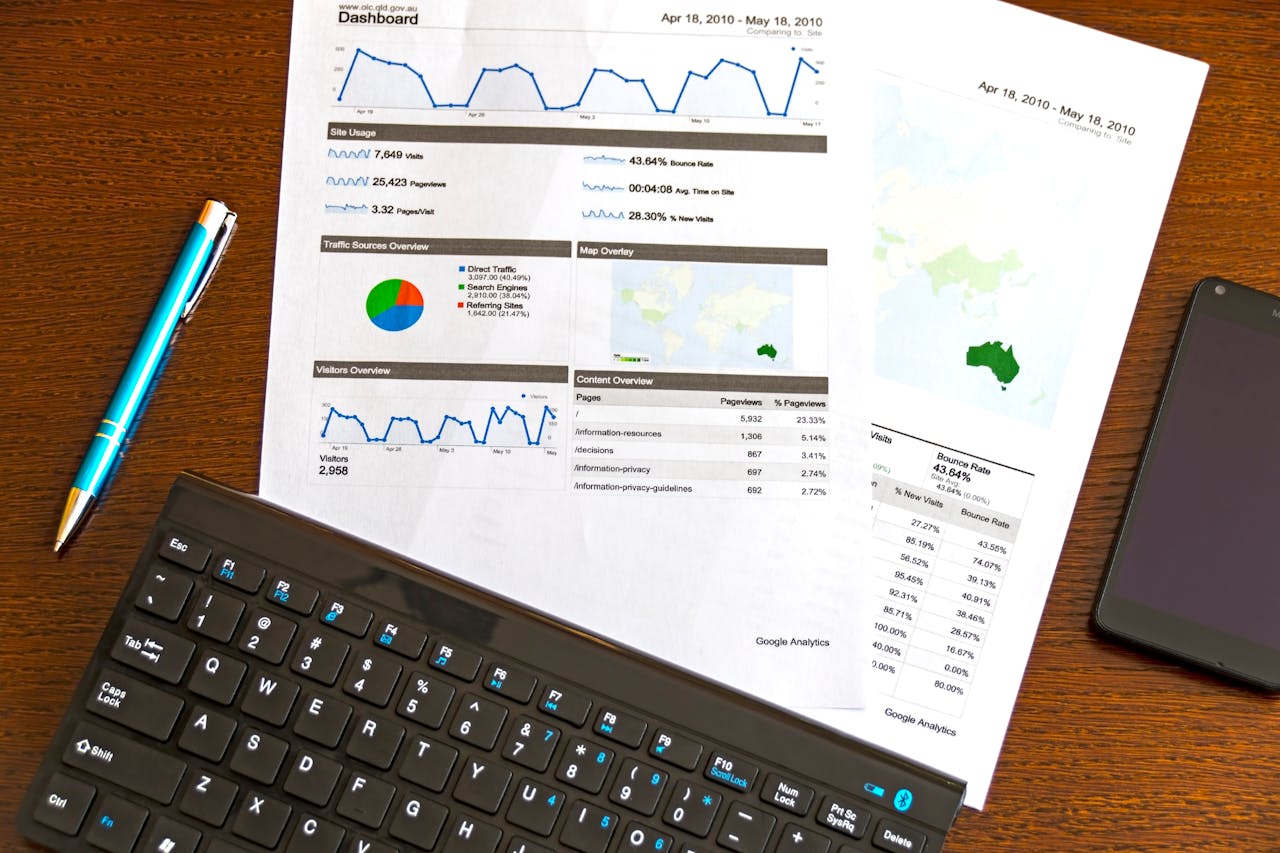In the world of property management, gut instinct can only take you so far. Numbers, trends, and data-backed decisions are what separate the average from the exceptional. These numbers, trends, and data that we track and base our decisions on are known as KPIs.
If you’ve ever asked yourself, “What is KPI in property management?” You’re at the right place.
KPIs (Key Performance Indicators) are the benchmarks that are used to evaluate the success of your rental property or property management business. But these aren’t just meaningless stats on a spreadsheet. They’re strategic signposts that can guide daily operations, long-term planning, and every decision in between.
The Role of KPIs in Property Management
Think of KPIs as your property’s health report. Just as doctors rely on vitals to understand a patient’s condition, property managers rely on KPIs to understand how well a portfolio is performing. But KPIs aren’t just about tracking for the sake of tracking. They help answer critical questions:
- Is your property profitable?
- Are vacancies increasing or decreasing?
- Are your operating costs in check?
- Are you collecting rent on time?
These indicators provide clarity in a business where countless variables intersect, from tenant satisfaction to operational efficiency to financial stability.
How to Measure Property Management Performance with KPIs
It’s not just about choosing random metrics. To get real value, you need to track the KPIs that align with your business goals. Here’s how to approach it:
- Define your objective. Are you trying to reduce operating costs, improve tenant retention, or increase revenue?
- Identify relevant KPIs. Match each goal with a performance metric.
- Track over time. KPIs are most useful when measured consistently.
- Benchmark results. Compare your numbers with past performance or industry standards.
- Adjust as needed. Use the data to guide strategy, not just to collect information.
Without a clear strategy for interpreting your KPIs, they’re just numbers. The magic lies in understanding what they tell you about your business.
Important KPIs to Track in Property Management
Not all KPIs are worth tracking. The best ones offer immediate insight into critical aspects of your business. Here are some key performance indicators for property managers that consistently prove their value:
|
KPI |
Value Provided |
| Occupancy Rate | The percentage of occupied units. A declining rate signals a potential issue with marketing or tenant satisfaction. |
| Average Days to Lease | How long does it take to fill a vacant unit. The faster, the better. |
| Tenant Turnover Rate | High turnover means high costs and potential red flags in property condition or tenant experience. |
| Rent Collection Rate | Tracks how much rent is collected vs. how much is owed. |
| Net Operating Income (NOI) | A cornerstone metric that calculates profitability by subtracting operating expenses from gross income. |
| Maintenance Resolution Time | Measures how quickly maintenance issues are resolved. Slow turnaround times often lead to poor reviews and tenant dissatisfaction. |
| Operating Expense Ratio | Compares expenses to revenue. Lower is generally better, but cutting corners can backfire. |
These KPIs help you assess both the financial health and operational performance of your properties.
Common Missteps When Tracking KPIs in Property Management
Tracking KPIs isn’t just about having the data; it’s about understanding what to track, how frequently, and what those numbers indicate. Without a strategic approach, it’s easy to fall into common traps that distort performance insights.
Here are a few common mistakes property managers make when tracking KPIs;
Focusing on Vanity Metrics
Not all metrics are useful. Some look impressive but say little about actual property performance. For instance, measuring the number of maintenance requests might seem helpful, but without correlating it to resolution time or tenant satisfaction, it doesn’t reveal much. A high number might simply mean recurring issues that haven’t been resolved properly.
Tracking Too Many KPIs
There’s a temptation to monitor every possible data point. But bloating your dashboard with irrelevant or overlapping metrics can blur your vision. Instead, property managers should focus on a core set of performance metrics tied directly to operational goals. These metrics can be net operating income, tenant retention rate, or expense tracking for properties.
Inconsistent Data Collection
If your rental property tracker or accounting software isn’t aligned across properties, KPI tracking becomes inconsistent. One team may log maintenance response times differently than another, skewing the data and undermining trust in the results. Standardizing processes is critical before you evaluate performance across multiple assets.
Ignoring External Influences
A sudden shift in occupancy rates doesn’t always point to internal mismanagement. Sometimes, broader economic trends, new developments in the area, or seasonal fluctuations are to blame. A good KPI framework accounts for these variables so you’re not reacting to noise instead of real signals.
Neglecting Expense Patterns
It’s common to look closely at income-focused KPIs like rent collection rate, average lease value, and occupancy, while ignoring the other side of the equation. But property management performance metrics should always factor in operating expenses. Using a dedicated rental property expense tracker helps identify cost spikes in maintenance, utilities, or staff, which could quietly eat away at your returns.
Avoiding these pitfalls turns your KPIs from a confusing sea of numbers into a clear roadmap for smarter property decisions.
How KPI Tracking Connects to Daily Operations
KPIs aren’t just quarterly review tools. They should be part of your daily rhythm. A rental property tracker or rental property expense tracker should be used to monitor these figures in real time.
Smart tracking helps uncover inefficiencies early. For example, if maintenance resolution time is steadily rising, you might discover an issue with technician availability or response procedures. Fixing that early prevents tenant dissatisfaction down the line.
Modern property management software often includes built-in dashboards to support this kind of monitoring. These tools simplify the process of collecting and interpreting data, allowing property managers to focus on action instead of spreadsheets.
Why Expense Tracking for Properties Is Important
One of the most overlooked aspects of performance tracking is expense management. Too often, property managers focus on revenue while ignoring the silent leak of small recurring costs.
A rental property expense tracker lets you categorize and monitor every cost from utilities, to maintenance, insurance, taxes, and more. Over time, this helps identify trends, control budgets, and highlight wasteful spending.
More importantly, when paired with KPIs like NOI or Operating Expense Ratio, expense tracking creates a full picture of property profitability. It’s not just about how much money comes in, but how much you keep.
Conclusion
So, what is KPI in property management, really? It’s the lens through which you measure everything that matters: performance, profitability, efficiency, and tenant satisfaction. KPIs are the foundation of a well-run real estate operation, no matter the size.
For anyone serious about improving their property management game, investing in solid KPI tracking is the way forward. With the right performance metrics in place, your path forward becomes a lot clearer and a lot more profitable.





